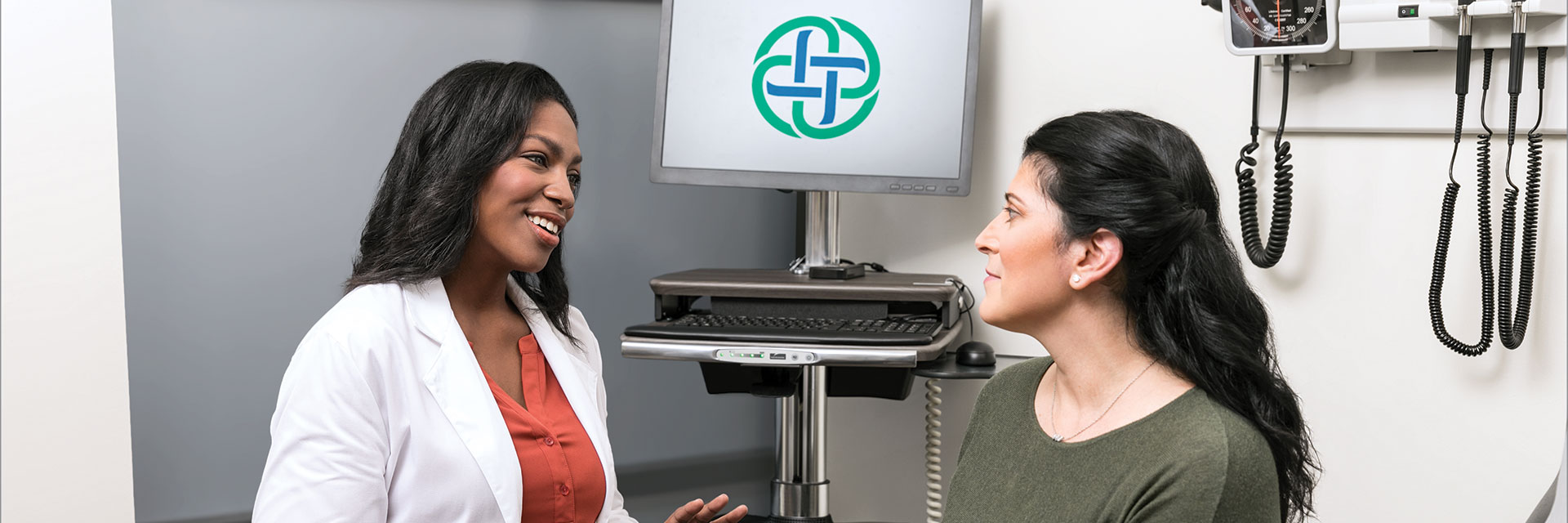Some women face an upcoming annual visit to the gynecologist with calm resignation, while others stress and worry until it’s over and done. Most of the time, the check-up goes smoothly, a mental self-care box can be checked, and life rolls on until the following year.
However, there’s nothing quite as anxiety-inducing as receiving news of an abnormal Pap smear. What does it mean? Is something seriously wrong? What is the next step?
Jessica Brown, M.D., OB/GYN and physician on the medical staff at Texas Health Arlington Memorial, says there are several potential reasons why a woman might have an abnormal Pap smear.
“The reason for an abnormal Pap test depends on the type of abnormality found,” she says. “Dysplasia (cervical lesions) is caused by the human papillomavirus (HPV). However, inflammation from other sources can cause a Pap smear to be abnormal as well, including sexually transmitted infections, yeast, bacterial vaginosis and atrophy.”
According to the Centers for Disease Control and Prevention, HPV has become the most common sexually-transmitted disease and is so widespread that nearly all sexually active males and females will get the virus at some point in their lives. In fact, 79 million Americans are actively infected with HPV, with most being older teenagers and those in their early 20s.
HPV often goes away on its own, but it can cause gynecological issues ranging from genital warts and cervical lesions (dysplasia) to cervical cancer. A person with HPV may remain symptom-free for years after becoming infected, making it difficult to know when he or she was actually infected.
“There is not a clear way to know when a patient was exposed to HPV,” Brown explains. “A woman can be exposed to HPV multiple times in her life. Most infections are transient and resolve without consequence. Persistent infections with high-risk strains are the infections we are more concerned about.”
If HPV or another issue causes a woman to have an abnormal Pap smear, her doctor’s next steps will depend on several factors, including the abnormality itself and the patient’s personal health history.
“The next step following an abnormal result depends on the type of abnormality, the age of the patient and whether it is her first abnormal result,” Brown says. “As many as 1 in 10 Pap smears can be abnormal, but the majority of these are low-grade abnormalities and do not become cervical cancer.”
Brown also explains that just because a woman has received news of abnormal Pap results in the past, doesn’t necessarily mean she will have further problems in the future.
“The risk of persistence is dependent upon the degree of dysplasia,” she says. “There are multiple factors involved, including immunosuppression, smoking, and whether a woman is undergoing surveillance or we’re doing a follow-up visit after treatment.”
Since a Pap smear indicates the presence of abnormal cells but is a screening test and not a diagnostic tool, a woman’s gynecologist may decide to perform further tests to rule out cervical cancer. A colposcopy allows the doctor to examine the cervix, while removal of tissue (biopsy) for further lab testing can determine if the cells are pre-cancerous or cancerous.
When a woman receives news of an abnormal Pap smear, it can be tempting to jump to conclusions. However, Brown says most women manage to remain calm when they have all the facts.
“When I review the results of Pap smears with a patient, we have a discussion about HPV, the natural history of cervical cancer, the spectrum of dysplasia and the next steps in the management of their abnormal Pap smear,” she explains. “Most patients are very calm about the results when presented with a clear explanation. Again, the purpose of the Pap smear is to screen for abnormalities before they become cancer. Insufficient screening is one of the biggest risk factors for cervical cancer, but the majority of women treated for dysplasia will never have cervical cancer.”


